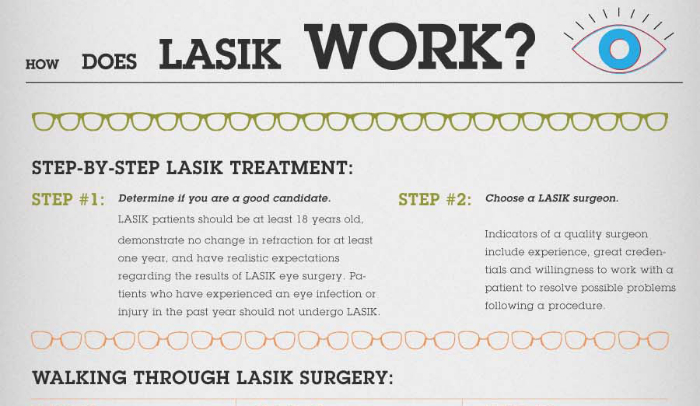Have you ever took into consideration Refractive Lens Exchange (RLE) as an option for vision adjustment? While it isn't as commonly discussed as LASIK, RLE could be a game-changer for your eyesight. Lots of people ignore its advantages, assuming traditional techniques are their only option. But what are the genuine advantages, and what might your optometrist not be telling you about this treatment? Let's explore the ins and outs of RLE together.
Recognizing Refractive Lens Exchange: The Essentials
Refractive lens exchange (RLE) is a surgical procedure that can considerably boost your vision, especially if you're taking care of presbyopia or severe refractive mistakes.
During RLE, your eye surgeon eliminates your eye's natural lens and replaces it with a fabricated one customized to your vision needs. This treatment can remedy nearsightedness, farsightedness, and astigmatism, giving you more clear vision without relying on glasses or get in touch with lenses.
The surgery is usually quick, taking less than an hour, and many people experience minimal discomfort. Recovery is relatively quick, allowing you to go back to your day-to-day activities soon after.
If you're taking into consideration RLE, seeking advice from your optometrist can aid you determine if it's the ideal choice for you.
Key Distinctions In Between RLE and Traditional Cataract Surgery
While both refractive lens exchange (RLE) and conventional cataract surgery involve changing the eye's all-natural lens, their primary goals and patient accounts differ substantially.
RLE is targeted at individuals looking for to minimize their reliance on glasses or contact lenses as a result of refractive errors, commonly prior to cataracts develop. In contrast, typical cataract surgery commonly targets individuals who've created cataracts, which shadow the lens and hinder vision.
The lenses used in RLE can give a wider range of vision modification, while basic cataract surgical procedure normally includes basic monofocal lenses.
Furthermore, RLE prospects are frequently younger and in good general health, whereas cataract people might be older and have various other wellness issues.
Picking the right treatment depends on your certain vision demands and conditions.
Potential Benefits and Considerations of RLE
If you're taking into consideration refractive lens exchange (RLE), you'll locate numerous possible benefits that might improve your lifestyle.
RLE can supply you with more clear vision, lowering or eliminating the need for glasses or contact lenses. It provides a possibility to attend to presbyopia and various other refractive errors all at once, often improving your general visual acuity.
In addition, RLE can be a fantastic alternative if you're not an appropriate candidate for LASIK. However, it is very important to evaluate the considerations, like the cost, potential threats, and the healing period.
Reviewing pop over here with your optometrist can help you make an educated choice, guaranteeing you pick the best path for your vision adjustment.
Verdict
To conclude, refractive lens exchange provides a special service for vision improvement that surpasses what LASIK can give. It's important to evaluate the advantages against prospective threats and prices prior to choosing. Do not be reluctant to ask your eye doctor the tough questions to guarantee you fully understand the treatment and its implications for your vision. With the right info, you can with confidence pick the very best option for your eyes and lifestyle.
